Welcoming a small lizard dragon into your home is akin to inviting a touch of magic and wonder. These captivating creatures, diverse in their breeds, bring with them a unique tapestry of characteristics and charm. In this detailed guide, we embark on an exploration of the 10 most exceptional small lizard dragon breeds, delving into the intricacies of their personalities, care requirements, and the reasons that make them extraordinary companions. Small lizard dragons, despite their diminutive size, boast an array of features that set them apart. From the regal Bearded Dragon to the graceful Crested Gecko and the spotted elegance of the Leopard Gecko, each breed contributes its own chapter to the enchanting tale of dragon companionship.
Table of Contents
Toggle10 Greatest Pet Small Lizard Dragon Breeds
Bearded Dragon (Pogona spp.)
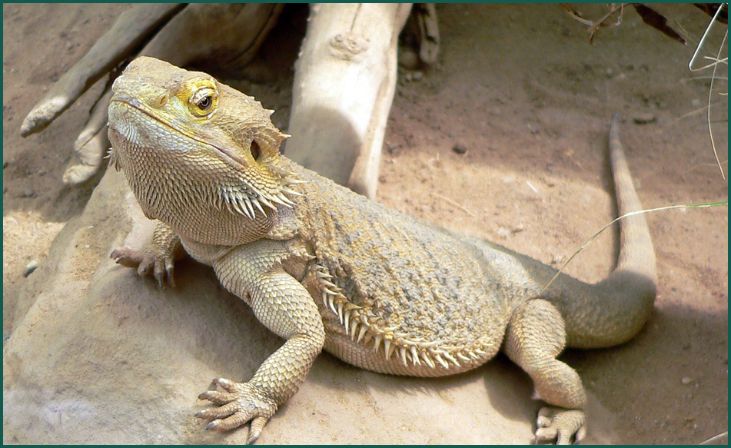
Bearded dragons are renowned for their calm temperament and relative ease of care, making them ideal for both beginners and experienced reptile enthusiasts. Native to Australia, these lizards get their name from the spiky “beard” under their throats, which they can puff up during displays of dominance or when feeling threatened. Bearded dragons thrive in a well-maintained enclosure with proper heating and UVB lighting. They are omnivores, enjoying a diet of insects, leafy greens, and fruits. Regular handling from a young age helps build trust between the dragon and its owner, fostering a docile and interactive companion.
Also Read: – 9 Top Ratter Dogs
Crested Gecko (Correlophus ciliatus)
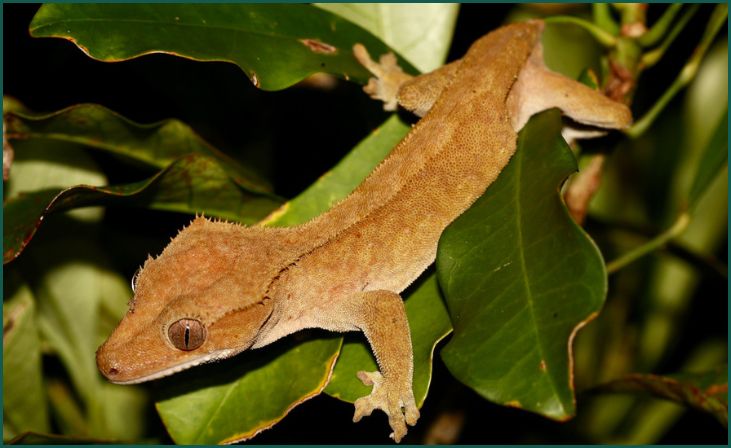
Crested geckos are arboreal lizards originating from New Caledonia, known for their distinctive crests along their heads and backs. These geckos are a fantastic choice for those seeking a low-maintenance pet. Unlike many other lizard species, crested geckos don’t require live insects; they thrive on a diet of specialized gecko meal powder mixed with water. Their arboreal nature means they appreciate a vertically-oriented enclosure with plenty of branches and foliage. Crested geckos are nocturnal, making them suitable for owners who are more active during the evening hours.
Leopard Gecko (Eublepharis macularius)

Leopard geckos are among the most popular pet lizards due to their manageable size, distinctive spotted patterns, and gentle demeanor. Originating from arid regions in Afghanistan, Pakistan, and India, these nocturnal reptiles have unique characteristics, including movable eyelids and the ability to vocalize. Leopard geckos primarily consume live insects, such as crickets and mealworms, supplemented with calcium and vitamins. Unlike some lizards, they do not require UVB lighting but do need a warm and secure environment. These geckos are known for their ease of handling and are suitable for individuals seeking a reptile companion with a calm disposition.
Fire Skink (Riopa fernandi)

Fire skinks, native to West Africa, are named for their vibrant reddish-brown coloration resembling flames. Their striking appearance and manageable size make them attractive choices for reptile enthusiasts. Fire skinks are ground-dwelling, requiring a substrate that allows for burrowing. A well-designed enclosure with hiding spots, a basking area, and proper temperature gradients is crucial for their well-being. While primarily insectivores, they may also accept fruits and small vertebrates as part of their diet. These skinks are known for their shy nature, and with patience, they can become accustomed to gentle handling.
Blue Tongue Skink (Tiliqua spp.)
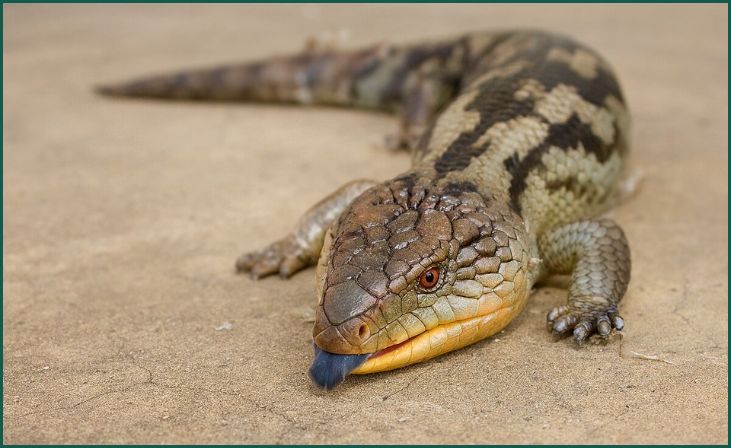
Blue tongue skinks are characterized by their distinctive blue-tongued defensive display, which deters potential predators. These medium-sized lizards are native to Australia and New Guinea and are known for their docile nature. Blue tongue skinks are omnivores, enjoying a varied diet of insects, vegetables, and fruits. A spacious enclosure with proper heating, UVB lighting, and a substrate that allows for burrowing is essential for their well-being. While they can be handled, they may take some time to acclimate to human interaction. Regular, gentle handling can help build trust and make them more comfortable with their owners.
Don't just scroll, subscribe!
BuzzTrail's unique web-stories are the cure for boredom you've been waiting for.
Anole (Anolis spp.)
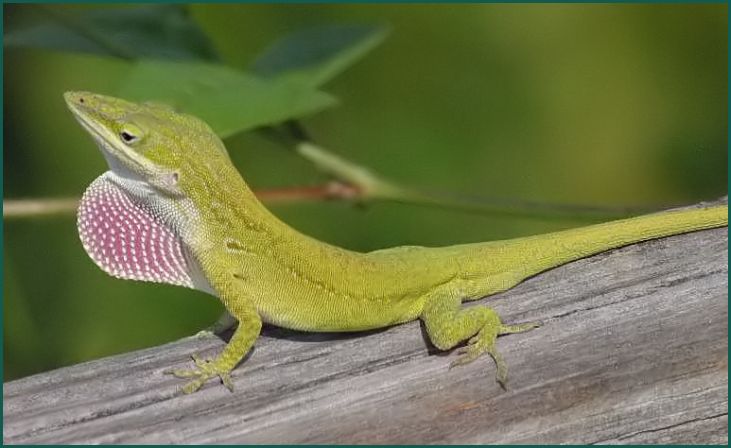
Anoles are a diverse group of small lizards found in the Americas, with various species available as pets. The most commonly kept species include the green anole (Anolis carolinensis) and the brown anole (Anolis sagrei). Green anoles are arboreal and appreciate vertical spaces, while brown anoles are ground-dwelling and benefit from a well-decorated enclosure. Both species require UVB lighting and a varied diet consisting of insects. Anoles can be skittish, and while some may tolerate handling, they are generally observed more for their captivating behavior in a well-designed terrarium.
Uromastyx (Uromastyx spp.)

Uromastyx, often referred to as “spiny-tailed lizards,” are herbivores native to North Africa, the Middle East, and South Asia. These diurnal lizards are known for their striking colors and distinctive tail spikes. Uromastyx have specific dietary requirements, focusing on a diet rich in leafy greens, vegetables, and some fruits. A basking area with a high temperature gradient, UVB lighting, and a substrate that allows for digging are essential for their well-being. While they may not be as interactive as some other lizard species, their unique appearance and herbivorous lifestyle make them fascinating pets for those interested in more specialized reptile care.
Chinese Water Dragon (Physignathus cocincinus)
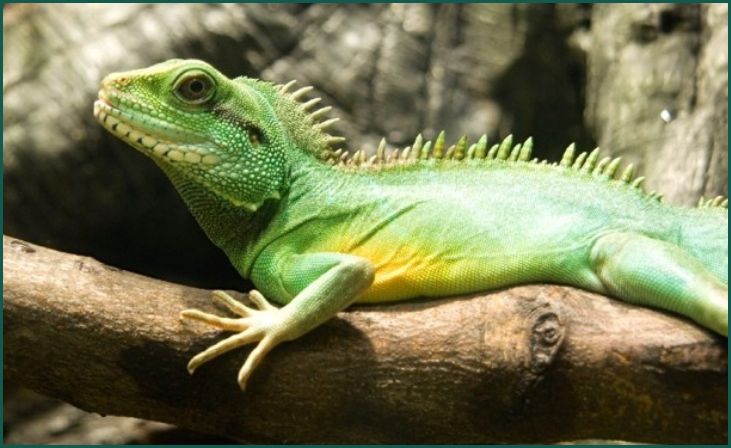
Despite their name, Chinese water dragons are not true dragons but are named for their appearance and semi-aquatic nature. Originating from Southeast Asia, these lizards require a spacious enclosure with both land and water areas. A basking spot, UVB lighting, and high humidity levels are crucial for their overall health. Chinese water dragons are omnivores, consuming a diet of insects, small vertebrates, and vegetation. While they may not be as easily handled as some other lizards, they can become accustomed to gentle interactions. Their impressive size and unique behaviors, such as swimming, make them captivating additions to well-maintained reptile setups.
Gargoyle Gecko (Rhacodactylus auriculatus)
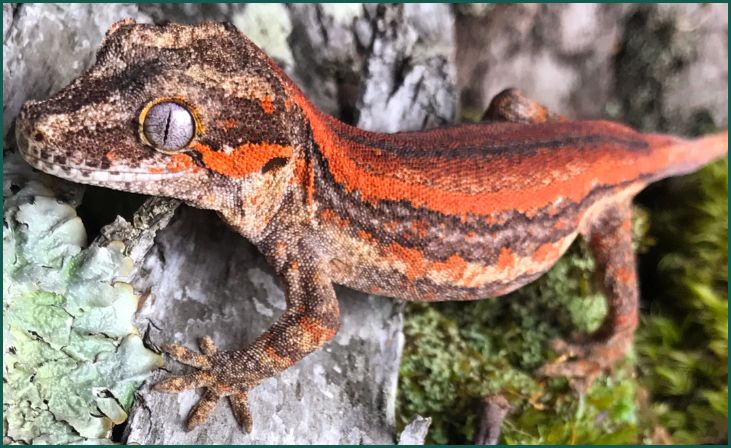
Gargoyle geckos, hailing from New Caledonia, are known for their prehensile tails and distinctive appearance. These arboreal geckos are relatively low-maintenance and do well in vertically-oriented enclosures with plenty of climbing opportunities. Gargoyle geckos primarily feed on a diet of commercially available crested gecko diet powder mixed with water. They are nocturnal, making them suitable for owners who are more active during the evening hours. While they may not be as outgoing as some other species, their unique features and ease of care make them appealing for reptile enthusiasts seeking a captivating yet undemanding pet.
Also Read: – The Top 10 Dogs with the Strongest Bite
African Fat-Tailed Gecko (Hemitheconyx caudicinctus)
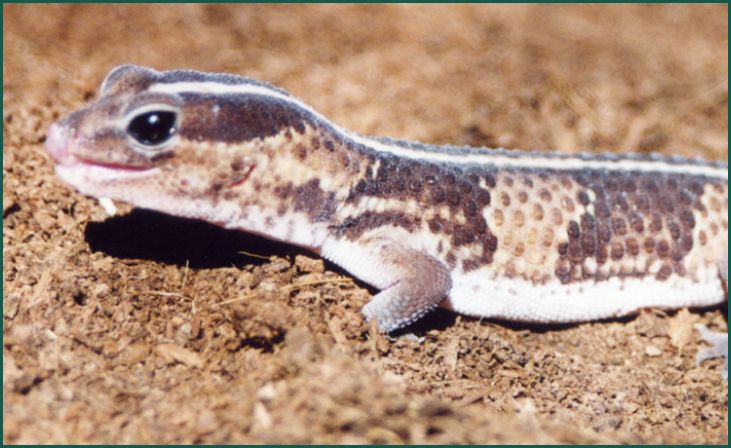
Similar in appearance to leopard geckos, African fat-tailed geckos have a distinctive fat tail and are native to West Africa. These nocturnal geckos are known for their calm demeanor and relatively small size. They thrive in a well-designed enclosure with a substrate that allows for burrowing, along with a warm and secure hiding spot. African fat-tailed geckos primarily feed on live insects, supplemented with calcium and vitamins. Regular handling from a young age can help build trust and make them more comfortable with human interaction. These geckos are suitable for individuals seeking a visually appealing and undemanding reptile companion.
Conclusion
Opting for a small lizard dragon as a companion is an invitation to enter a realm filled with wonder and boundless joy. With their unique qualities and charming personalities, these mystical beings can transform your home into a haven of enchantment. Within the pages of this guide, we shed light on 10 exceptional dragon breeds, each contributing its own special brand of magic to your domestic space. The selection of breeds showcased here is a testament to the diversity and richness that the world of small lizard dragons brings to enthusiasts. Whether you are a seasoned reptile keeper well-versed in the intricacies of dragon care or a newcomer taking your first steps into the captivating universe of dragon companionship, there’s a breed suited to your preferences.
Frequently Asked Questions
Are small lizard dragons suitable for beginners?
Are small lizard dragons suitable for beginners?
Absolutely! Many small lizard dragons, like the Bearded Dragon and Leopard Gecko, are beginner-friendly due to their easygoing nature and manageable care requirements.
What do small lizard dragons eat?
What do small lizard dragons eat?
The dietary preferences vary among breeds, but a common diet includes a mix of insects, vegetables, and fruits. Research your specific dragon breed for tailored feeding guidelines.

